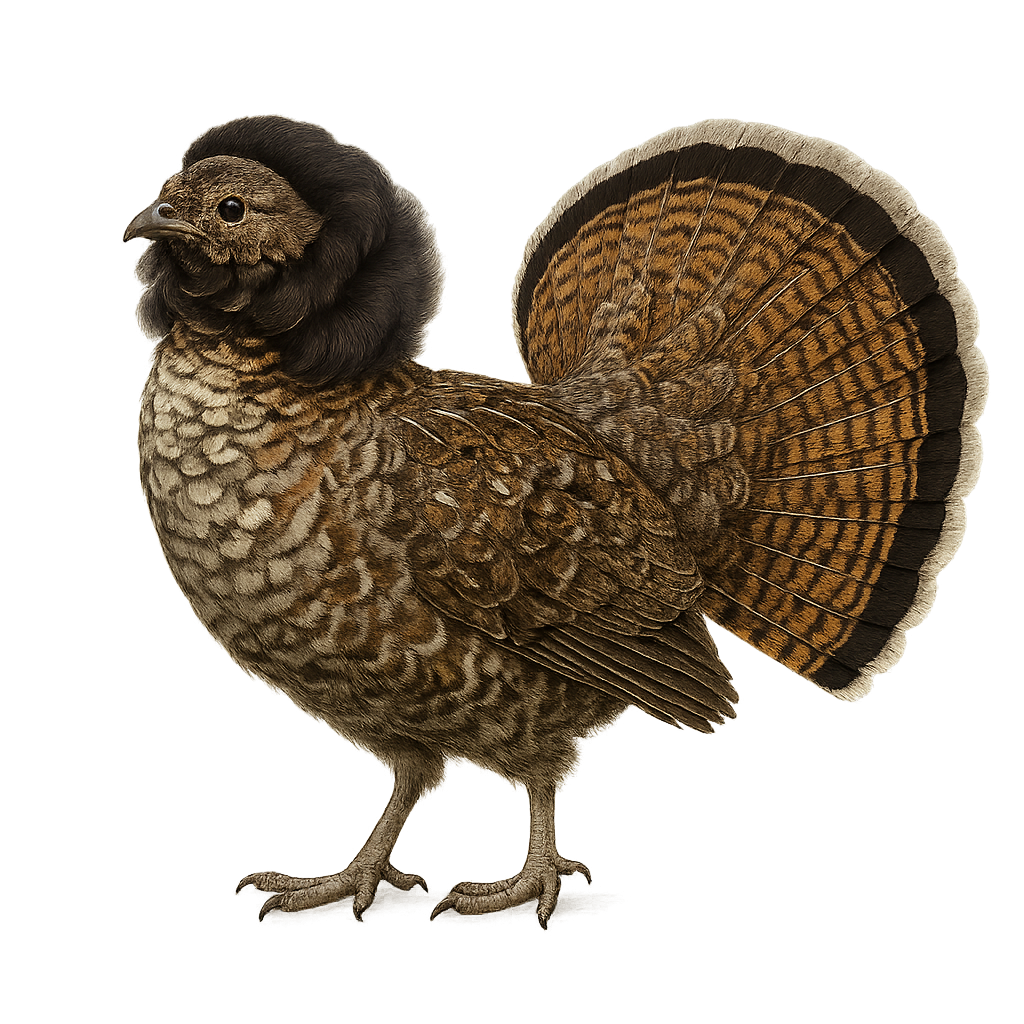Your wildlife photography guide.
Explore the ruffed grouse in detail, study its behavior, prepare your shots.
Where to observe and photograph the ruffed grouse in the wild
Learn where and when to spot the ruffed grouse in the wild, how to identify the species based on distinctive features, and what natural environments it inhabits. The WildlifePhotographer app offers tailored photography tips that reflect the ruffed grouse’s behavior, helping you capture better wildlife images. Explore the full species profile for key information including description, habitat, active periods, and approach techniques.
Ruffed Grouse
Scientific name: Bonasa umbellus

IUCN Status: Least Concern
Family: PHASIANIDAE
Group: Birds
Sensitivity to human approach: Suspicious
Minimum approach distance: 10 m
Courtship display: April to May
Incubation: 23-24 jours
Hatchings: April to June
Habitat:
mixed forests, dense wooded areas, taiga
Activity period :
Primarily active during the day, with peak activity in the morning and late afternoon.
Identification and description:
The Ruffed Grouse, Bonasa umbellus, is a medium-sized forest bird native to North America. It is easily identified by its mottled brown plumage, which provides excellent camouflage in its woodland habitat. Males are famous for their drumming display, a sound created by rapidly beating their wings, which echoes through the woods during the breeding season. This bird prefers mixed forests and dense wooded areas where it feeds on buds, leaves, and insects. Although generally solitary, the Ruffed Grouse can be seen in small groups outside the breeding season. Its ability to remain still and blend into its surroundings makes it a challenging subject for birdwatchers.
Recommended lens:
400mm – adjust based on distance, desired framing (portrait or habitat), and approach conditions.
Photography tips:
To photograph the Ruffed Grouse, it is advisable to use a telephoto lens of at least 400mm to capture detailed images without disturbing the bird. Look for areas where the drumming of males is audible, as this indicates their presence. Be patient and discreet, as this bird is suspicious and blends well into its environment. Use a tripod to stabilize your camera, especially in the low-light conditions of dense forests.
The WildlifePhotographer App is coming soon!
Be the first to explore the best nature spots, track rutting seasons, log your observations, and observe more wildlife.
Already 1 439 wildlife lovers subscribed worldwide

